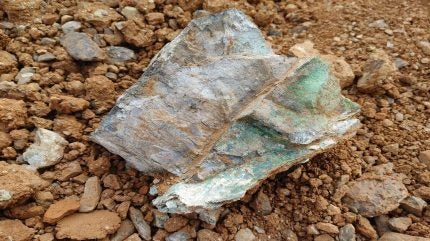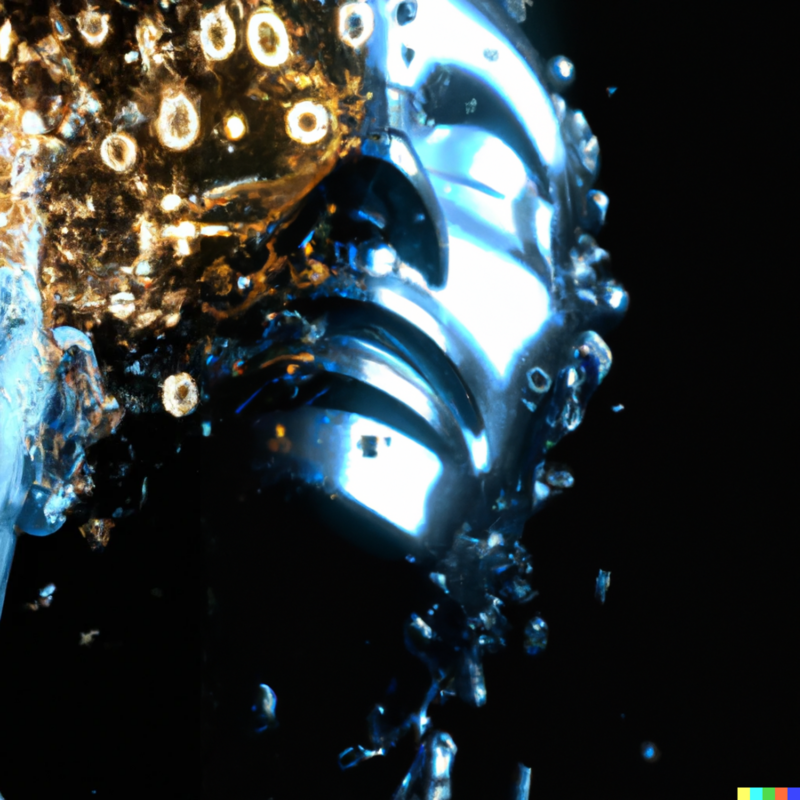Sign up for daily news updates from CleanTechnica on email. Or follow us on Google News!
The long-awaited Tesla Robotaxi event is scheduled to start at 10 PM EST, or 7 PM PST tonight. Much speculation has swirled around CEO Elon Musk and whether he will embark on another revolutionary innovation with self-driving and robotics — or disappoint with more far-fetched promises rather than tangible results.
Tonight’s event at the Warner Bros. Studios lot in California could send Tesla fan boys into a frenzy or cause the share value to plummet. How Musk positions the company’s progress on autonomy tonight will be key to its acceptance. Will the release take place in 2025? Or five or ten years from now?
The event’s name — “We, Robot” — is an allusion to a classic Isaac Asimov short story collection that deconstructs foundational ethical and psychological questions around building increasingly human-like robots. The dedicated Tesla Robotaxi would transport passengers without a driver — a goal that Tesla’s semi-autonomous software has not proven to be reliable so far.
Analysts Weigh In on the We, Robot Event
“I think it’s one of the most important events that Tesla has ever held,” said Dan Ives, analyst with Wedbush Securities and a Tesla bull. “I think it will be viewed five to 10 years from now as what the iPhone launch moment was for Apple.”
“For Robotaxi Day on Oct. 10, we expect an unveiling of the ‘CyberCab’ at the venue, [and] some type of robotaxi demo … Moreover, Tesla should unveil the new lower cost vehicle slated for SOP [start of production] next year (“Model 2” or cheaper/smaller Model 3 variant),” Deutsche Bank’s Edison Yu wrote in a note.
Others have speculated that a humanoid robot will be by Musk’s side.
Adam Jonas of Morgan Stanley, who named Tesla his “top pick” in the autos space, has advised clients to “keep expectations well managed” for the event.”
We think the stakes are high and there is more risk to the downside than upside given the stock’s recent run-up and likelihood that the event could disappoint,” CFRA analyst Garrett Nelson wrote on Oct. 2.
Tesla’s decision to focus on the Robotaxi over a mass market, low priced battery electric model has been controversial. Research firm AutoPacific’s 2024 Future Attribute Demand Study suggests that autonomy doesn’t really drive car purchases. Right now people seem more comfortable with basic automated features like rain-sensing windshield wipers, cross-traffic alerts, and automatic emergency braking.
Musk has said he wants to build a robotaxi without a steering wheel or pedals, and images of the vehicle that were included in Walter Isaacson’s Elon Musk biography, which was published in 2023, point to a Cybertruck-inspired, two-door, two-seater compact vehicle. Some people are predicting that the product will have butterfly-wing doors. Reuters says Tesla is widely expected to showcase a prototype called the “Cybercab” rather than a road-ready driverless taxi.
The Slow Road to Full-Self Driving and the Robotaxi
Tesla’s Full Self Driving (FSD) is several steps above typical driver assist programs. It can autonomously direct a Tesla on a wide range of roads and navigate stoplights, stop signs, and pedestrians without human input — at least that’s the objective. During most FSD sessions, however, a human must assume control of the vehicle.
It’s been nearly ten years since Musk suggested that the company’s self-driving cars would be soon available. Tesla’s “Master Plan, Part Deux” in 2016 (which has since been deleted from the Tesla blog page) included comments about the benefits of adding a ride-hailing fleet to its portfolio.

As NPR tallied, Musk has made many promises about the Robotaxi’s implementation.
- 2019: “Next year for sure we will have over a million robotaxis on the road.”
- 2020: “I think we could see robotaxis in operation … next year. Not in all markets, but in some.”
- 2021: “I’m highly confident the car will drive itself for the reliability in excess of a human this year.”
- 2022: I would be shocked if we do not achieve full self-driving safer-than-human this year.”
- 2023: “Now, I know I’m the boy who cried [Full-Self-Driving], but man, I think — I think we’ll be better than human by the end of this year.”
- 2024: “Obviously, my predictions on this have been overly optimistic in the past. … Next year seems highly probable to me.”
During the May, 2023 Annual Shareholder Meeting, Musk teased a future Tesla model that would be compact and modestly priced. Musk described the future Tesla catalog as having “two new products that I think you will be very excited about.”
Musk himself has said that he’s just overly optimistic, especially with timelines. A few weeks after Musk announced the Robotaxi event, he reduced more than 10% of Tesla’s workforce and said the battery electric car company was going “balls to the wall for autonomy.”
The original August 8, 2024 unveiling date was postponed until tonight, as having two more months allowed teams more time to build additional prototypes. Right now, feel-good feelings have contributed to an 11-day streak of gains that added more than $257 billion to Tesla’s market capitalization.
At this writing, the Tesla share price is $241.94.
“The overwhelming focus is on solving full self-driving,” Tesla CEO Elon Musk stated in 2022. “It’s really the difference between Tesla being worth a lot of money or worth basically zero.”
The company must prove it can launch a driverless vehicle that can compete with robotaxi rivals like Waymo and Cruise. And there is a significant difference between the three companies’ approaches. Musk decided to build a system based only on inexpensive cameras without companion inputs. Other companies rely on radar and high-tech sensors. Musk also has embraced “end-to-end learning” where the artificial intelligence “learns” how to drive from raw data. Other companies add human-designed rules and guardrails to their AI systems.
Analyst George Gianarikas of Canaccord Genuity Group notes that Musk’s approach requires billions of dollars of upfront investment in AI, but much cheaper hardware on vehicles. That’s a combination that is expensive now, but would pay off if there were, say, millions of robotaxis on the road.
Musk is adamant that Tesla’s approach is superior. “Our entire road network is designed for biological neural nets” — that is, human brains — “and eyes, so naturally cameras and digital neural nets are the solution,” Musk told investors earlier this year. Tesla also has enormous amounts of driving data from its vehicles on the road today.
The event will be broadcast on X and other online spaces. Links for viewing on the Tesla website and YouTube haven’t been distributed at this writing.
Tesla will report Q3 earnings on October 23.
The future will be streamed live
10/10, 7pm PT https://t.co/YJEjZIYoTA
— Tesla (@Tesla) October 9, 2024

Have a tip for CleanTechnica? Want to advertise? Want to suggest a guest for our CleanTech Talk podcast? Contact us here.
Latest CleanTechnica.TV Videos
CleanTechnica uses affiliate links. See our policy here.
CleanTechnica’s Comment Policy





